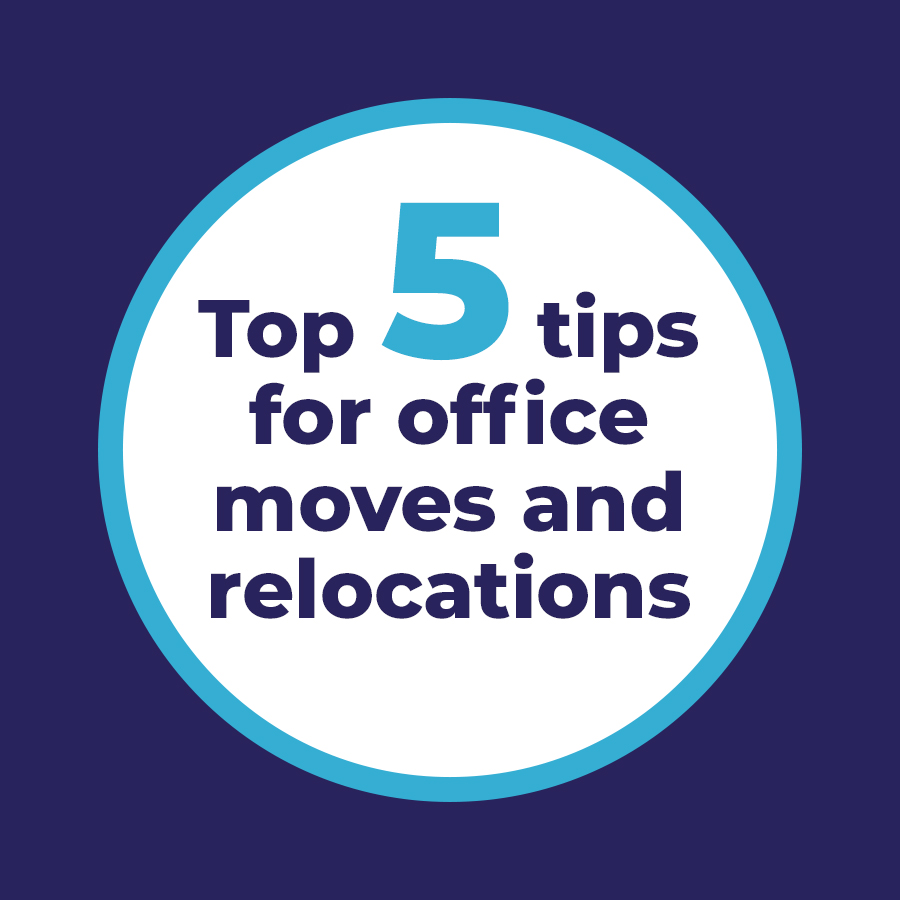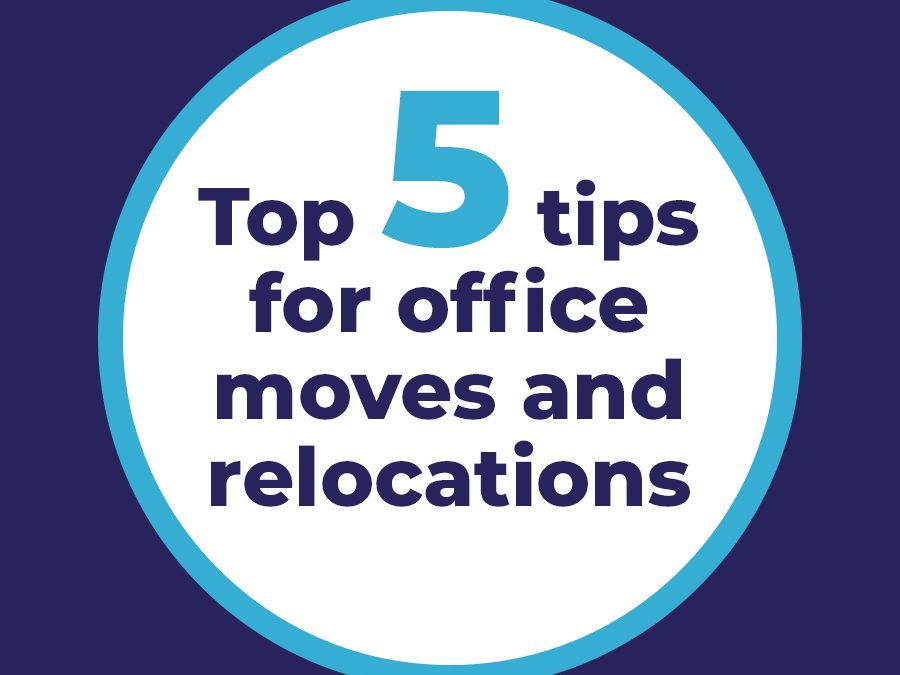
Piecing together the ‘office move jigsaw’
4th May 2021
Over the last 5 years I have gained a lot of experience working on many different projects and managing successful business moves and relocations. Here are my top five tips for moving office;
1) Regular staff/office audits – Always carry out regular audits of your staff, onsite teams and their storage contents. This will allow you to provide detailed requirements to a move contractor, allowing them to price robustly against your requirements and advise on the best methods of transportation.
2) Plan Business Processes transition – Prior to moving always review your entire business processes and how they will transition into a new external space or, if you are downsizing/re-arranging, your existing office estate. How will staff book meeting rooms? How will staff receive post and deliveries? How will staff be able to print their documents? What Security access/rules need to be operational for staff accessing your office space?
Assigning time to review your business processes and how they will transition into a new space, ensures there are no last-minute surprises/costs when a physical move takes place.
3) Staff engagement & setting move boundaries – Positive staff engagement for any office move or relocation is always key to success. Some moves take place in difficult circumstances, so it is important to communicate clearly on why a business is moving and what it means for your staff. In my experience, staff always feel appreciated to contribute to new office space designs and the transitioning of the business processes. Businesses should also set clear boundaries as to what move activities staff can or cannot contribute to.
4) Detailed Move Scoping – Completing a detailed and accurate scoping document, prior to moving, provides a central reference point for a move to be assessed against; it is a checkpoint for a moves manager or contractor to continuously reference during and after a physical move, plus it acts as a great tool for a move quote to be tightly priced against.
5) Budget Contingency – When planning a move always assign a contingency budget for any unforeseen costs. Invariably on move day the move contractor may be asked to move items and equipment not previously quoted.
Sometimes clients and businesses miss items to be moved and, at other times, pre-arranged clearance contracts with other contractors fall through at the last minute. It is always better to be prepared and assign extra budget for any last-minute emergencies.
What other challenges have you faced during an office move, what are your tips for a successful office move?


